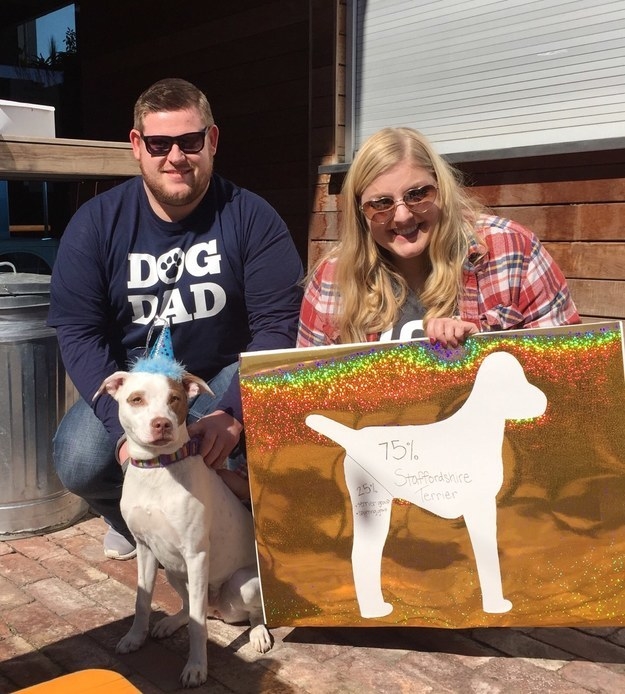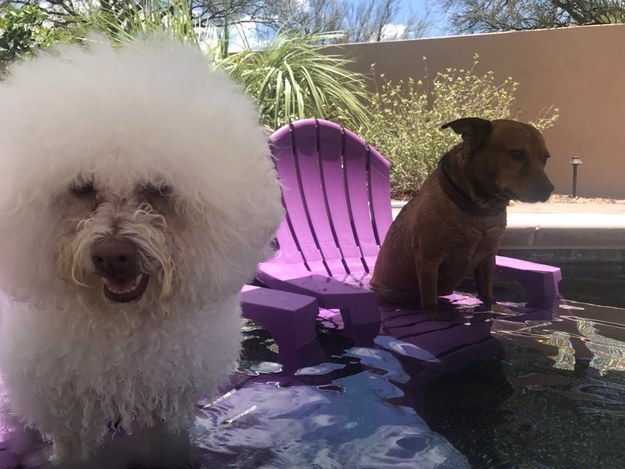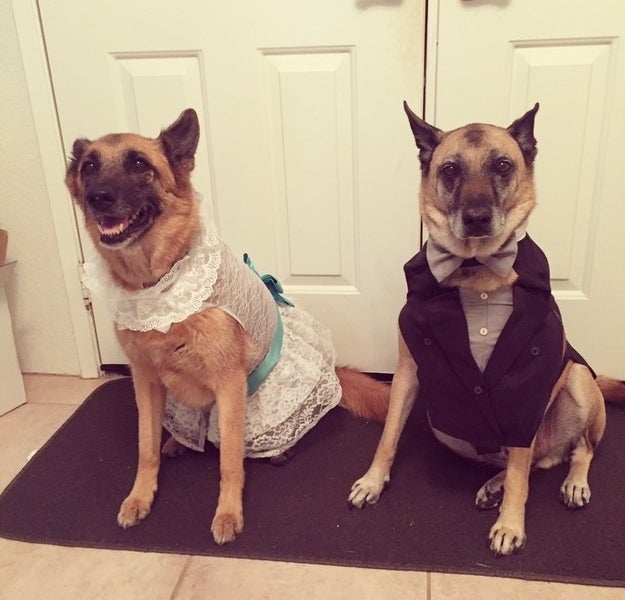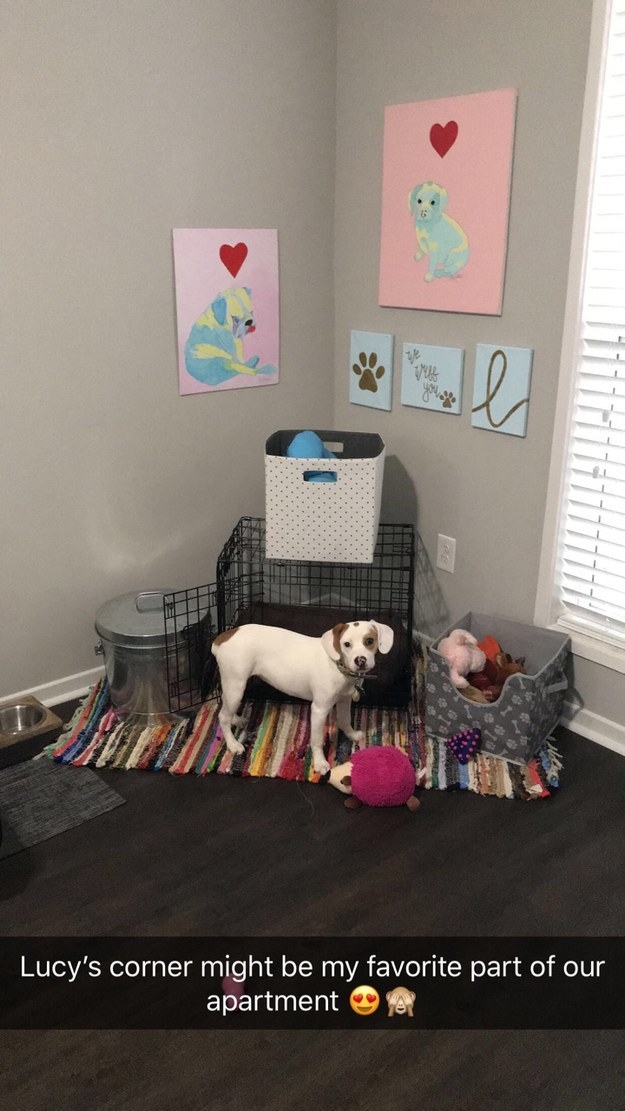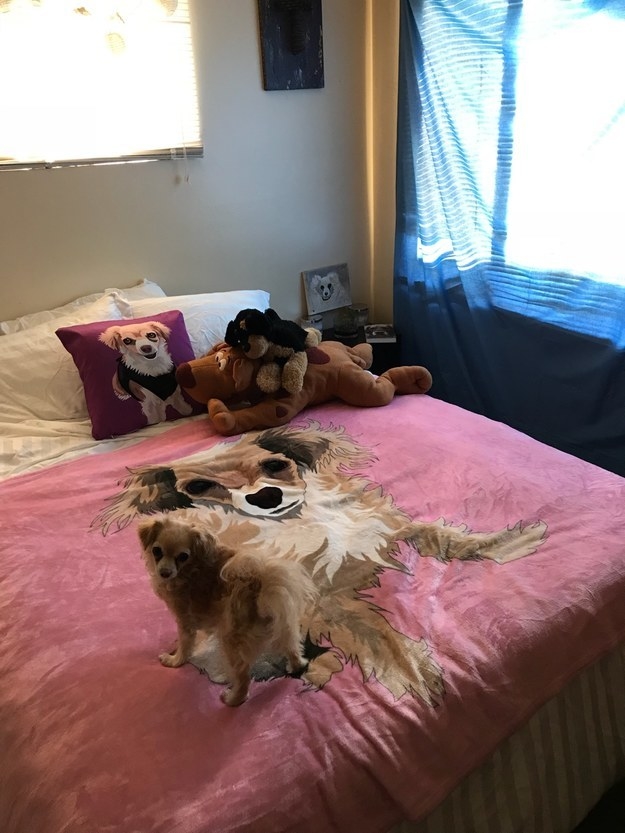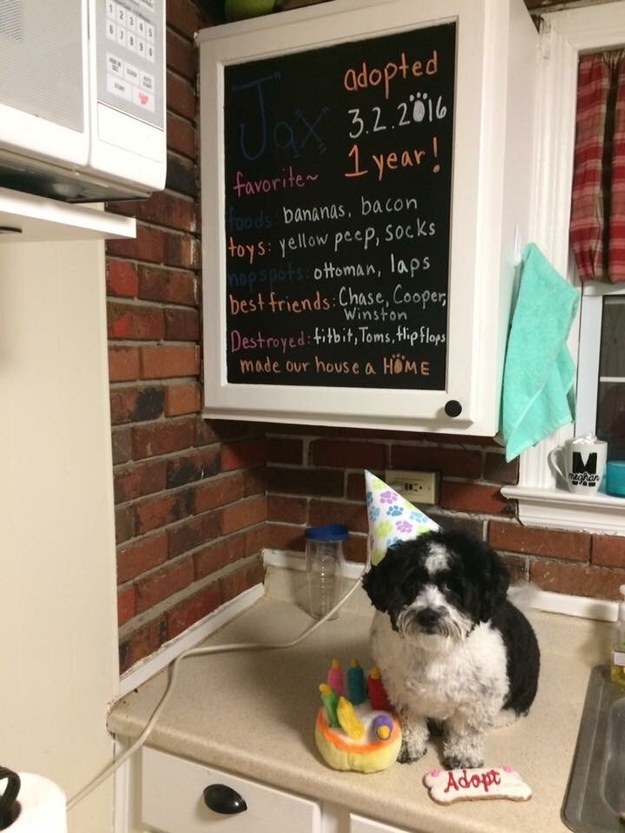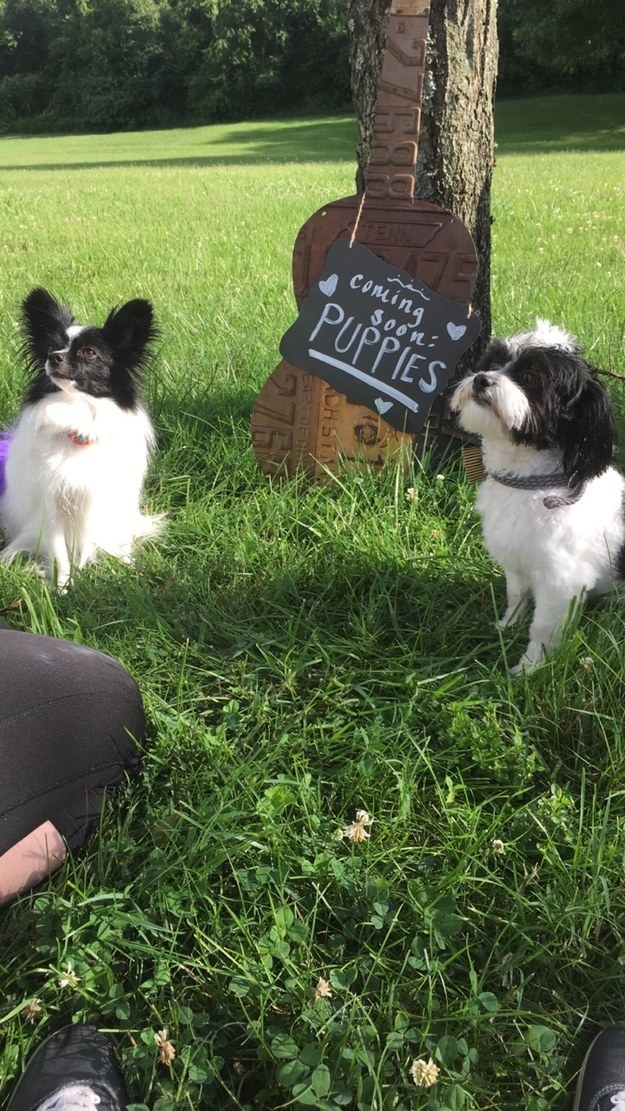Nepali is a language in the Indo-Aryan family, which is primarily spoken in Nepal. Nepali is also spoken in the eastern parts of India, and in Myanmar (Burma) and Bhutan. Today, around 17 million people speak the Nepali language.[1] Nepali is written using the Devanāgarī alphabet, which has 36 letters, but it’s common to see written Nepali transliterated into the Latin alphabet.[2] As with any language, start by learning basics, like counting and picking up a few simple phrases.
EditSteps
EditLearning the Basics
- Learn basic Nepali pronunciation. Start by learning how to pronounce Nepali words using the Latin alphabet, before attempting to learn the Devanāgarī alphabet.[3] Nepalese is largely phonetic in the Latin alphabet, although there are some sounds in Nepali that are not commonly made when speaking English.[4]
- There are also differences in pronunciation between various national and regional dialects. If you’re planning a trip to Nepal or Myanmar, practice the regional dialect of that specific region.
- Learn Nepali greetings. As a first step in learning to speak Nepali, pick up a few common phrases of greeting that are spoken between Nepali individuals. The general Nepali greeting is “Namaste.” This is pronounced “nah-mah-stay.” Conveniently, “Namaste” also means goodbye.[5]
- Address older men and older women respectfully as “dai” or “didi,” respectively.[6]
- Tell someone “Good morning” by saying, “Subha prabhat.”
- Tell someone “Good evening” by saying “Subha sandhya.”
- Ask “How are you?” by saying, “Tapaain laaee kasto chha?”
- Ask someone what their name is by saying, “Tapaainko naam ke ho?”
- Pick up a few important Nepali words and phrases. With a few basic phrases under your belt, you can have a rudimentary conversation. This is useful for practical purposes: if you’re traveling to Nepal, phrases like these can help you communicate to native speakers before you’ve mastered the Nepali language. Learn phrases including:[7]
- “Please speak more slowly.” “Bistaarai bhannus.”
- “I don’t understand.” “Maile bujhina.”
- “Leave me alone!” “Malai eaklai chodnuhos!”
- “Have a nice day.” “Subha din.”
- These phrases will be the same regardless of the gender of the individual you’re addressing.
- Learn a few easy questions. Questions will help you communicate with Nepali speakers. They’re a great way to start a conversation, or to quickly learn necessary information. If you’re traveling to Nepal, you can figure out in advance common questions that you anticipate asking, and master their pronunciation.[8]
- “Where are you going?” “Kahaan jaane?”
- “Could you take my photo?” “Mero tasbeer khichna saknu hunchha?”
- “Do you speak English?” “Tapaain angrejee boln saknuhunchha?”
- “Do you speak Nepali?” “Ke tapain nepali bolnuhunchha?”[9]
- “Where is the toilet?” “Sauchalaya kata chha?”
EditStudying Nepali Alone
- Purchase a Nepali grammar book. To move beyond the basics of Nepali phrases, delve into a grammar book. This will help you improve at basics and learn more complex aspects of the Nepali language. You should be able to find Nepali grammar books at most large bookstores, or a store specializing in language education supplies.
- If you’re serious about learning Nepali, it would also be a good idea to purchase a Nepali / English dictionary and a Nepali phrasebook.
- Use online language instruction sites. Look online for a well-developed site that covers pronunciation, vocabulary, verb conjugation, and comprehension. Online resources typically contain audio clips of native speakers pronouncing Nepali words and phrases, which will accelerate your learning.[10]
- Check out useful websites including My Languages, PolyMath, or NepalGo.
- Create flashcards to improve memorization. Flashcards can help with memorizing parts of Nepali like pronunciation, verb conjugation, and vocabulary.[11] Write a Nepali word or phrase on the front of a notecard, and the English translation on the back. Try to remember each of the Nepali words and phrases, and flip the card over to read the back if you can’t remember what a phrase means.
- Flashcards only work if you refer to them frequently. Make them part of your daily routine: quiz yourself on Nepali vocabulary before bed, or flip through a stack of vocabulary words over breakfast.
- Watch and listen to Nepali television. Many TV shows are aired in Nepalese. Watching one or more of these will increase your level of immersion in the language, and show you how native Nepali speakers pronounce words and converse with one another. Keep the subtitles on at first so you can match Nepalese words with English phrases. Popular contemporary Nepali shows include “Meri Bassai,” “Tito Satya,” and “Jire Khursani.”
- If you can’t find a TV channel dedicated to Nepalese shows, try looking online. Various Nepali shows stream on YouTube, and other networks stream their content online.
- For example, check out Kantipur TV Life at http://ktv.ekantipur.com/live.
- Read Nepalese literature or magazines. The more you absorb the Nepali language through any means, the faster you’ll learn to speak it. There is a wealth of Nepalese periodical sites online that you can read. For example, check out a variety of newspapers at http://www.onlinenewspapers.com/nepal.htm. If you’d rather read Nepalese literature, find a copy of Muna Madan by Laxmi Devotka or Mountains Painted with Turmeric by Lil Bahadur Chettri.[12]
- Note that reading Nepalese will not necessarily improve your ability to speak the language. But, if you practice reading passages out loud, you’ll improve your phrase recognition.
EditStudying and Immersing Yourself in Nepali with Others
- Converse with Nepali speakers in your community or online. Once you’ve mastered a few Nepalese basics, you can improve your speaking ability by conversing with a fluent Nepali speaker. Speaking with someone fluent in Nepali will allow you to expand your vocabulary and pronunciation. Find a Nepali tutor in your area, or search online for a Nepali chat forum.
- If you know anyone from Nepal or Burma who is learning English, you could help them speak English after they help you speak Nepali.
- Plan a trip to Nepal or Myanmar. Full immersion in a language can only come if you travel to the area(s) where the language is most commonly spoken. Take a trip to Nepal for at least a week or two. You’ll be surrounded by Nepalese speakers, allowing you to hear Nepalese speech and pronunciation. When traveling to Nepal, you’ll need to have a current passport and a Tourist Visa.[13]
- If you have friends who speak Nepali fluently, ask them to come on your trip with you. They can act as a “translator” and help you out if you forget some vocabulary or have trouble communicating.
- Study Nepali in an online course. If you’re not near a university or community college that offers Nepali courses—or if you prefer to learn on your own, outside of a classroom setting—look into studying Nepali in an online course. Studying online will give you freedom to learn anywhere you have an internet connection. You can still benefit from learning collaboratively, though, since you and your online classmates will be learning the same material simultaneously.
- Take an in-seat class to learn Nepali. If you’d like to dedicate several months to learning the components of Nepali grammar and pronunciation, look into taking a class at a local university or community college. You’ll learn in a collaborative environment and will be able to practice your speech with classmates. A class also benefits you by giving you recourse to a Nepali expert (the instructor) at any time.
EditSources and Citations
Cite error: <ref> tags exist, but no <references/> tag was found
from How to of the Day http://ift.tt/2t4J5UJ
via Peter













